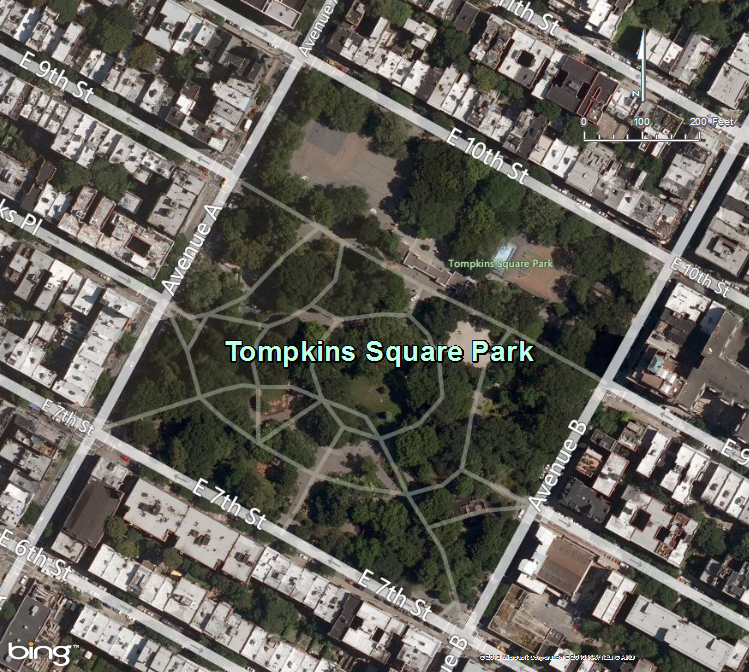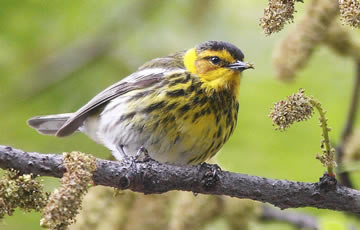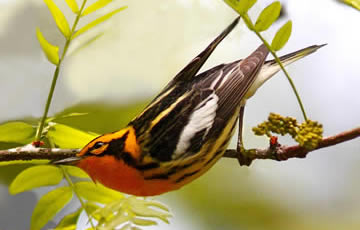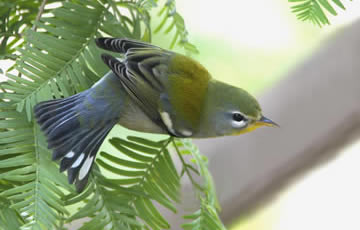Tompkins Square Park
by Dennis Edge

Tompkins Square Park is a 10.5-acre neighborhood park bounded by 10th Street on the north, 7th Street on the south, Avenue A on the west, and Avenue B on the east. It has one of the best stands of American Elm in the city, having largely escaped the ravages of Dutch Elm disease. Also, it has Pin Oak, Red Oak, White Oak, Black Locust, Honey Locust, Gingko, American Sycamore and a variety of smaller fruiting and ornamental trees, such as crab apple, hawthorn and dogwood. Added to this are lots of shrubs and flower beds. All this means good birding, especially during migration.
Birds



Over recent past migrations I have photographed 92 bird species including 22 warblers such as Blackburnian, Canada, Chestnut- sided, Blackpoll, Wilson’s, Black-throated Blue, Black-throated Green, and Yellow-rumped Warblers. At the 8th Street and Avenue B entrance there are about ten crab apple trees which, when fruiting in the fall, attract a variety of birds including Cedar Waxwing, Gray Catbird, Hermit Thrush, American Robin, House and Purple Finch, and Rose-breasted Grosbeak. Also, you can see warblers, kinglets and flycatchers in this area. At the mid-park 7th Street entrance there are lilac bushes that attract warblers, Scarlet Tanagers, thrushes and other birds. On the west end of the park buildings there is a large English Ivy vine which attracts many insects, which in turn attracts many birds. The Honey Locust trees are worth checking out as they attract many warbler species. Red-tailed Hawks are often seen in this East Village park.
Other Considerations
View Larger Map | Get Directions
Both the East Village and Tompkins Square Park have changed greatly from the late 20th century — the neighborhood has gentrified and the park has been refurbished.
Nevertheless, one should always be cautious in city parks and be aware and alert, not just for birds.

